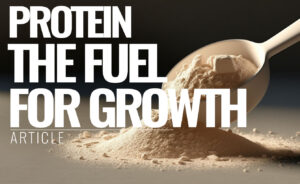
Revive Stronger
6 Tiered System: Win The Fat Loss Battle [Part 1]
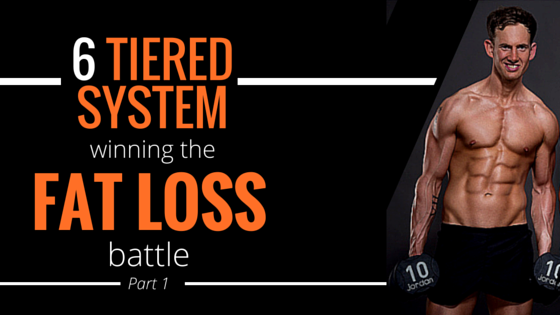
You know what’s easy?
Losing weight.
You know what’s less easy?
Losing fat.
You know what damn near everyone struggles to do?
Maintain fat loss.
Well that is because it’s a battle, your body fights against you, it doesn’t like change (I mean who can blame it) and so you have to fight hard to put yourself in a position to win. However, you can’t just go hard, you need to use a tactical approach, the young Padiwan might go in all guns blazing, but a Jedi Master plays the field to his advantage, who would you put your money on to win a battle to death?
Well it just so happens that my fellow Jedi Fat Loss Master Joe Passey from SJ Fitness and I have developed a 6 Tiered Fat Loss System to allow you to win the battle of fat loss. Joe will cover the physical aspects of fat loss and I will finish with the mental side, so you have the knowledge to win the fat loss battle.
Table of Contents
#1 Eat Less
Now I know this sound extremely simple and straightforward, but you would be surprised with the amount of people that still think calories do not matter when it comes to fat loss.
CALORIES MATTER
Individuals who say that calories do not matter and all you have to do is eat “clean” are disagreeing with the first law of thermodynamics. This is that energy cannot be destroyed or created only transferred.
KEY POINT: For your body to lose weight/fat you have to been in a calorie deficit.
A calorie deficit is where the amount of energy that you take in via food and drink is less than your expenditure, which is made up of your metabolic rate. This is made up of various different things as you can see below.
If fat loss is your main goal, making sure that you are in a calorie deficit is your number one priority. If you have no idea of what sort of calories you should be eating on a daily and weekly basis, then you are making things very hard to manage.
[bctt tweet=”for fat loss a calorie deficit is your number one priority” username=”revivestronger”]
Let me enlighten you with a personal story from a few years ago.
I was obsessed with getting lean, (and still am!) I had a lads holiday in Malia coming up and I wanted to look my best, I mean who doesn’t?
So I did all my research, I won’t mention the names that kept coming up. I embarked on my “clean” eating journey, all natural unprocessed foods. While doing some insane training programme.
I was eating all the typical “clean” foods; chicken breast, rice, sweet potato, broccoli etc. However, a lot of my food was made up with the good old “healthy” fats. A wide range of nuts, salmon, mackerel, steaks, coconut oil and high cocoa content dark chocolate.
You get the picture.
Yes these foods are whole foods, but they are actually very high in calories per serving and because I was not tracking I didn’t have a clue how many calories I was consuming.– I don’t know about you, but how many people do you see who eat nuts in moderation, just because they are “clean” and natural doesn’t mean we can eat as much of them as we like.
Just 30 grams of brazil nuts contains roughly 200 calories, 30 grams is basically a handful of nuts, I don’t see many people just eating a handful of nuts because they are extremely easy to overeat.
This was exactly my problem.
[bctt tweet=”just because something is “clean” and natural doesn’t mean we can eat as much of it as we like” username=”revivestronger”]
I was overeating on all these foods that claimed to be “clean”, and therefore didn’t create much of a calorie deficit, and so when it came round to that lad’s holiday in Malia, I was not as lean as I wanted to be.
Take that as a lesson for yourself, don’t fall into the same trap.
Tracking your food intake, is an extremely underrated tool that many people do not use. By tracking your food intake and calories, you are giving yourself the best possible chance of getting lean.
For you to lose fat, you will have to eat less food, which means eating fewer calories. Why not track your calorie intake, making the whole process a lot easier? Need help knowing how many calories to consume? Steve has your back here.
#2 Weight Train
So we now know that we have to be in a calorie deficit to ensure we are losing weight.
How do we go about training?
Do we switch up our training completely? Do we start doing ultra-high reps on every single workout?
Do we include a triple drop set on every single exercise because that is the only way to get shredded and ripped?
To be honest with you, there is no such thing as a generic fat burning workout, yes you will be burning calories when you workout. But you are far better off, letting your calorie deficit take care of the fat loss. Use your training to protect your hard-earned muscle. You see, I purposefully said the calorie deficit will get us losing weight, now the weight training will ensure we lose fat, and not muscle.
[bctt tweet=”there is no such thing as a generic fat burning workout” username=”revivestronger”]
So we still train for muscle gain, sounds weird as muscle growth is not our number one priority. But we need to give our bodies a good reason to keep our muscle around and you’re not going to do that by jumping up and down in some insanity class.
KEY POINT: You need to train with weights to maintain your hard-earned muscle.
In Brad Schoenfeld’s review article The Mechanisms of Muscular Hypertrophy (1) he highlighted that there must be 3 principles present to maximize muscle hypertrophy they are:
- Mechanical Tension
- Metabolic Stress
- Muscle Damage
Mechanical tension is your bread and butter, this is when you lift heavy things. Just imagine you are benching with 80% of your 1RM and you just get that last rep out. This is mechanical tension and it is crucial to elicit muscle growth.
Metabolic stress is where you really focus on pumping that muscle up and that burning sensation that occurs where you feel you just cannot go on. This trapping of the blood in a certain muscle and the build up of metabolic by-products such as lactate, lead to a release of certain muscle-building hormones. So yes getting a pump is good for you but not all the time.
Finally, muscle damage; we have all been there, after leg day, struggling to walk down the stairs. That feeling is Delayed Onset Muscle Soreness (DOMS) and is a good sign you have caused muscle damage. Some form of muscular damage must happen for muscle growth to take place.
But this does not mean that you go beast mode every single session and go looking for extreme soreness as this will affect later training sessions. You’re much better off achieving muscular damage by gradually overloading the muscle and including a wide range of rep ranges to target different muscle fibres.
So what you need to aim to do in your training programme is:
- Lift heavy, with the correct exercises. You’re not going to be lifting 80% of your 1RM with lateral raises as this will be stupid and lead to injuries. Use your big compound exercises such as deadlift, squats, bench press, overhead press, chin ups, dips and various row movement’s to create that mechanical tension which we need.
- Next you want to focus on getting a pump during certain workouts. YES I hear you yell, getting a good pump will give us that metabolic stress which we need. But pick your exercises wisely, don’t go and try and get a pump on an exercise like bent over rows. Choose exercises that allow you to really isolate the muscle. Such as the pec dec machine, leg extensions, lateral raises and concentration curls. These exercise will really allow you to use moderate to high rep ranges safely and achieve that pump.
- We also want to create some muscle damage, but this can be a double edged sword. A bit of soreness the following day or two after workouts is fine. But if you’re struggling to walk down the stairs, or sit on a chair because of your workouts then you are probably taking it too far. You don’t want to get into the habit of basing the success of your workouts on how sore you are the next day.
#3 Keep Protein High
Okay, so now we know we have to eat less and hit the weights room, we are two steps closer to shredzville.
Now we are going to talk protein.
When we are dieting and looking to lose body fat and protect that muscle, protein is probably the most important macronutrient to focus on and get right.
Now when it comes down to it total muscle mass is a product of protein balance and this is protein breakdown vs protein synthesis. Now when we are hitting the weights room, we are breaking down protein, the hours and days after a workout is when our muscle protein synthesis is elevated and we are essentially growing.
KEY POINT: If you’re using more protein than growing you will lose that hard-earned muscle, which we don’t want.
Now because we are in a calorie deficit and we are still involved in regular resistance training, this means we are breaking down a lot of protein. So it is crucial that we take in enough protein through our diets, to protect this muscle.
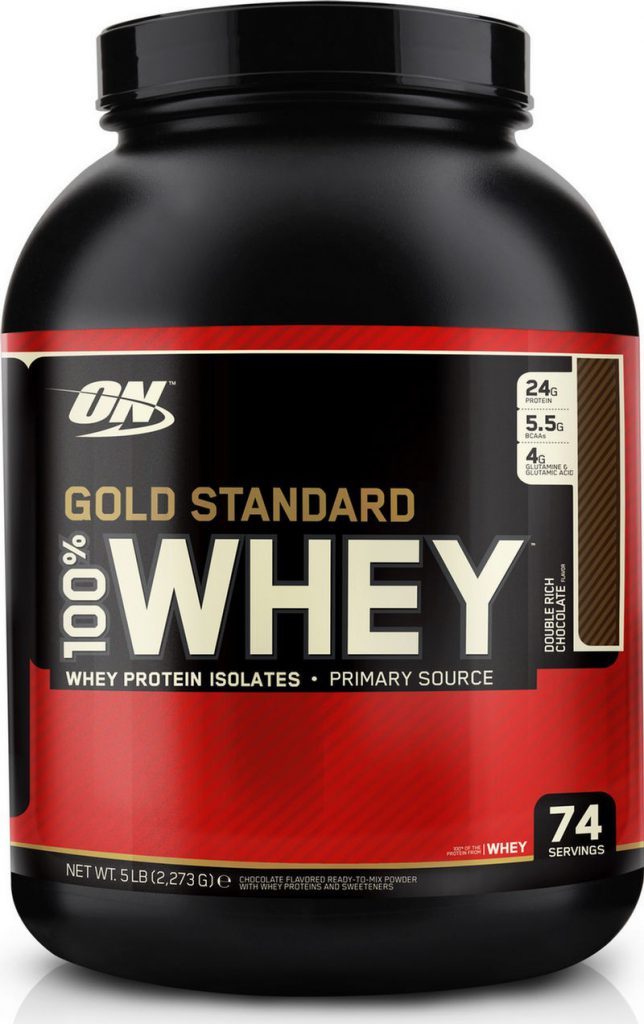
How much protein?
This is the million dollar question and there has been literally hundreds of studies to find the optimal protein intakes for athletes and people involved in regular resistance training whilst in a calorie deficit.
In a review by Phillips and Van Loon (2) they suggested that anywhere between 1.8 – 2.7g of protein per kg of body weight may be optimal for athletes training in a calorie deficit. However, this study did not take into consideration already lean individuals. Leaner individuals may require even higher intakes of protein.
A recent study by Helms et al (3) looked at protein intakes in already lean trained individuals. They found a higher intake of 2.3 – 3.1g/kg to be superior and these intakes were based on the individual’s lean body mass (LBM). So the leaner and the more training years you have under your belt there may be a case for higher intakes of protein.
A good starting point would be to consume 2.2g of protein per kilo of body weight, you can then easily tweak this number depending on progress.
For example the leaner you get, the more likely this number may need to increase, to help protect your lean body mass. Or if progress starts stalling and you’re not losing the weight you want, you could increase your protein intake and reduce either your carb or fat intake.
Protein is not just important because it helps protect our lean body mass, it is important for other reasons:
- A diet high in protein, helps with satiety levels meaning it keeps you fuller for longer and because we will be in a calorie deficit and not eating as many calories as normal, it is important to keep those hunger levels at bay. Let’s face it, being hungry sucks and we want to manage this as much as possible and a diet high in protein can help us with this. A study by Crovetti et al (4) reported significantly greater satiety levels after a meal containing 68% protein compared to a meal with 10% protein. So consuming a decent amount of protein per meal is a good idea to keep yourself full and not feel hungry all the time.

- Another helpful point of protein is that it has the highest thermic effect of food (TEF) out of all the macronutrients. Which means our bodies burn more calories consuming protein than fats or carbohydrates. This is good when we are on a diet as we can put more of our total calories towards protein and at the same time, increase our overall calorie burn for the day. Don’t get me wrong it’s not going to account for a huge amount of calories for the day, but every bit counts!
6 Tiered System: Win The Fat Loss Battle
1. Eat Less – create a caloric deficit
2. Weight Train – resistance training is key for fat loss
3. Keep Protein High – protein is the macro king for fat loss
Click Here for Part 2
4. Tweak as Necessary – small changes go a long way
5. Take Pit Stops – maintaining is the key to long-term fat loss
6. Focus on the Road Ahead – focus on the process
WHAT NEXT?
Do you need any help with the above? Do you have any questions you need answering? Hopefully it gave you way to get you and keep you losing fat.
Join my free facebook group or add me on snapchat (revivestronger) and ask your question there, I will respond asap. Or if you’re after a fresh training programme I have a free 4 week plan using DUP that you can download for free here.
More from Joe:
- Snapchat: sj-fitness
One more thing…
Do you have a friend who would love the above? Share this article with them and let me know what they think.
[bctt tweet=”6 Tiered System: Win The Fat Loss Battle” username=”revivestronger”]
References
- Schoenfeld BJ. The mechanisms of muscle hypertrophy and their application to resistance training. Journal of strength and conditioning research (2010). (10):2857-72
- Phillips SM, Moore DR, Tang JE: A critical examination of dietary protein requirements, benefits, and excesses in athletes. Int J Sport Nutr Exerc Metab. 2007, 17 (Suppl): S58-S76.
- Helms ER, Zinn C, Rowlands DS, Brown SR: A systematic review of dietary protein during caloric restriction in resistance trained lean athletes: a case for higher intakes. Int J Sport Nutr Exerc Metab. 2013
- Crovetti R, Porrini M, Santangelo A, Testolin G. The influence of thermic effect of food on satiety. Eur J Clin Nutr. 1998 Jul; 52(7):482-8.
We are a personal coaching service that helps you achieve your goals. We want you to become the best version of yourself.



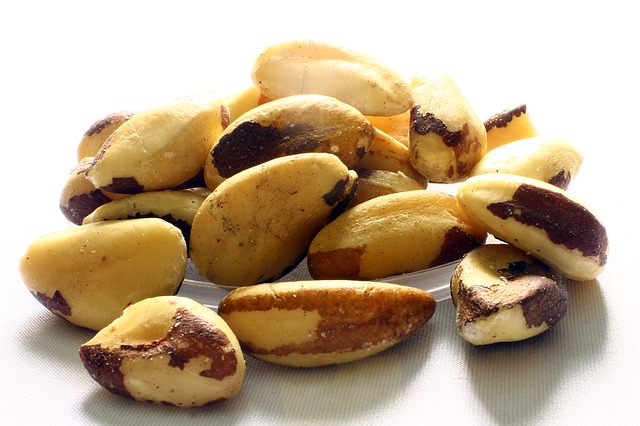
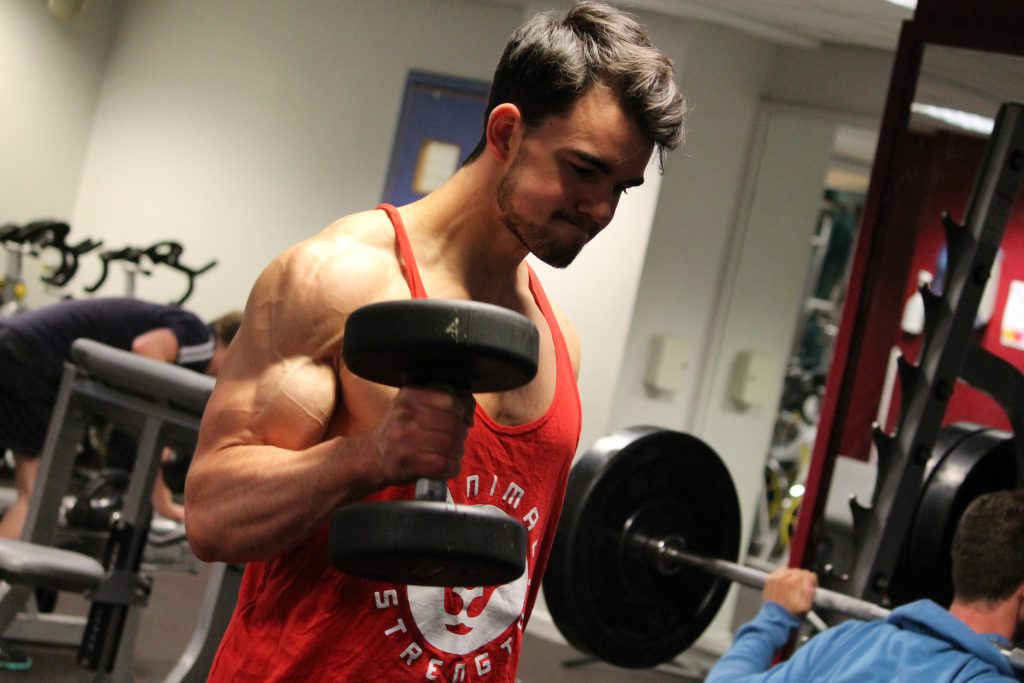
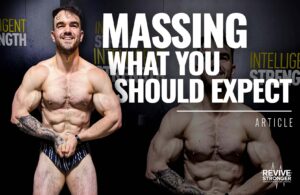
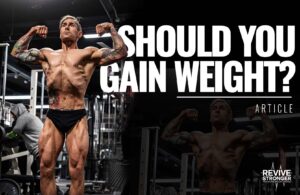

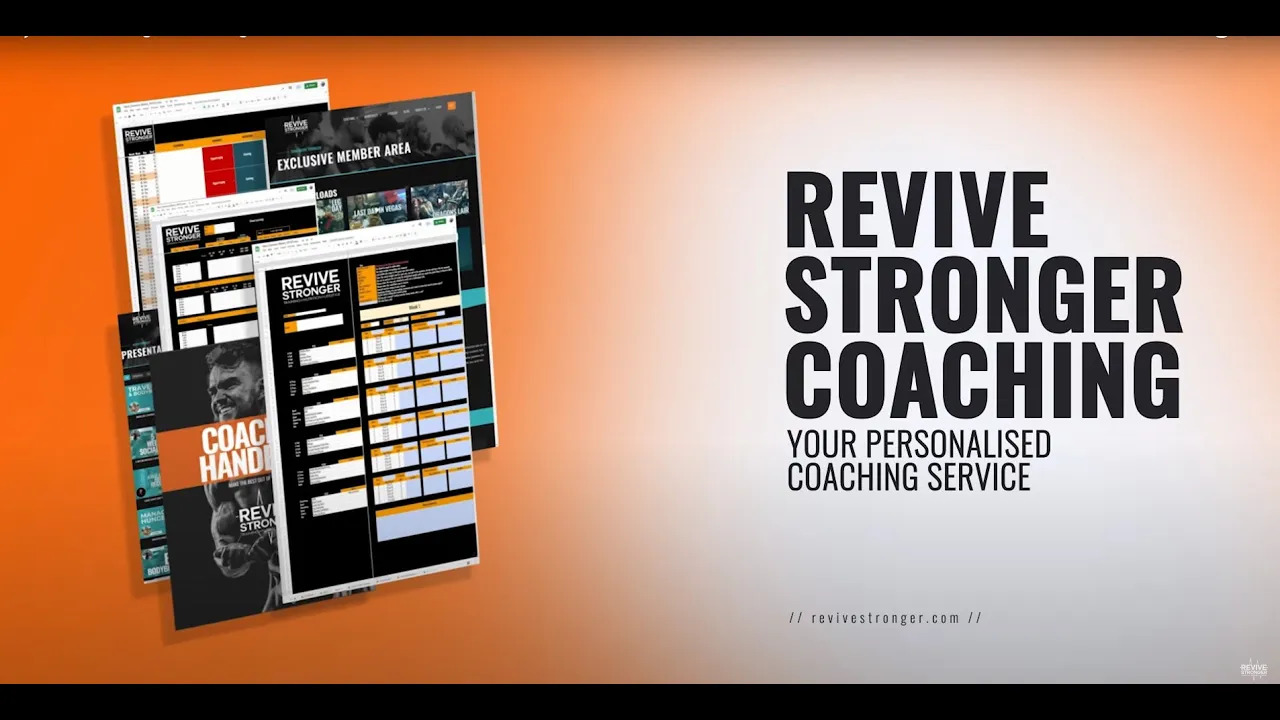
Comments are closed.